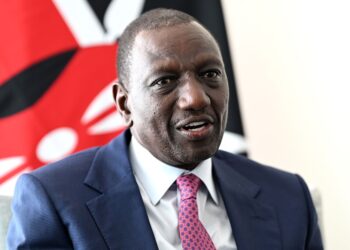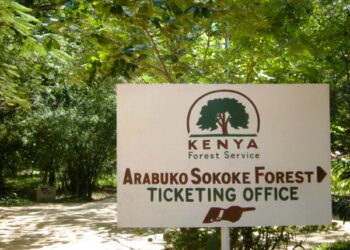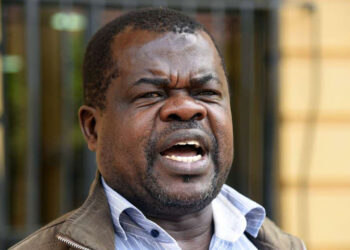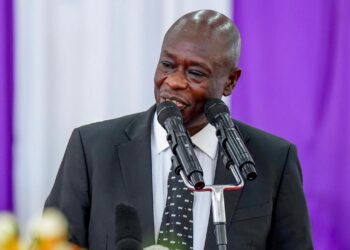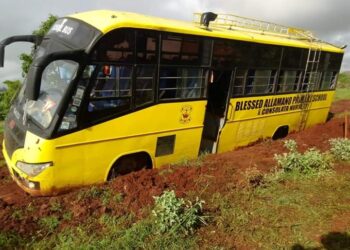In late September 2025, a viral campaign that changed everything swept through Kenya’s TikTok community. It sparked hopes for a community-led health revolution that would change everything.
The TikTok Community Hospital initiative is a grassroots effort to build a super-modern hospital that will provide free basic medical care to all Kenyans, including specialised cancer treatment and heart care.
Young creators are getting millions of people to give small amounts of money through M-Pesa and global pledges because they are angry about the public health system’s constant lack of funding, medicine shortages, and high-profile scandals.
With promises coming in from local influencers and TikTokers living abroad, the question is: can TikTok really build Kenya’s free hospital, turning all the online buzz into real life? The inspiration for this ambitious drive came from heartfelt stories of everyday problems, like the viral fundraiser for a young boy’s medical bills that got a lot of attention across the country earlier this year.
Kenya boasts one of the largest user bases on TikTok, with creators transforming the platform from dance challenges to calls for systemic change. Videos with the hashtags #TikTokHospital or #BuildOurHealth are full of user-generated content, like animated blueprints of the proposed facility, testimonials from patients who couldn’t get care because they couldn’t afford it, and duets with medical volunteers offering free advice in oncology and cardiology.
The images and videos are captioned “Kenya TikTok viral hospital fundraiser ideas”. This is attracting people from all over the world who are interested in new ways to give back.
Supporters see a Level 4 referral hospital with the best diagnostic tools, solar-powered wards, and telemedicine hubs to connect rural and urban areas. They want to pay for it all with small donations starting at KSh 50.
What sets this campaign apart is that it appeals to people in a very specific area but not in a specific country. Kenyan Gen Z creators, who are often ignored in traditional activism, are using TikTok’s algorithm to make voices heard from informal settlements in Kibera to busy markets in Kisumu.
At a recent Content Creators Workshop in Kiambu County, he talked about how these kinds of efforts fit with the creative economy’s potential to support community-led health efforts, comparing them to the building of hospitals in the past through ‘harambee’.
But now, how to donate to the TikTok Kenya community hospital project? Early on, there were more than 100,000 engagements in the first week, and architects and engineers volunteered to do site surveys for possible locations in counties that don’t get enough help.
But even with all the excitement, some people are right to be worried about making the vision a reality. The project could get stuck in bureaucratic red tape without a formal committee, registered NGO status, or land that has been secured.
These are common problems for grassroots projects in Kenya. Critics say that the hospital may not be able to stay open after it is built without government help, especially since the SHA enrolment push is still leaving millions without coverage.
There are a lot of possible problems with the government, like getting permission to license doctors and being open about funding. Enthusiasts respond by suggesting hybrid models, which would involve working with existing mission hospitals for backend support and using ad revenue from health education content to help pay for costs.
Even with these problems, the TikTok Community Hospital campaign is a new kind of digital activism, where short videos make fundraising and learning more accessible to everyone.
People are trying out different types of content, like “day-in-the-life” videos of free heart care consultations or myth-busting videos about how to find affordable cancer care in Kenya.
Medical volunteers, including oncologists from Nairobi and cardiologists from Mombasa, are joining live sessions to talk about what equipment they need. For example, companies are donating MRI machines and AI-driven triage apps to make things run more smoothly.
Community forums are full of ideas for eco-friendly designs, such as collecting rainwater for dialysis units and creating community gardens to help nutrition programmes along with treatments.
